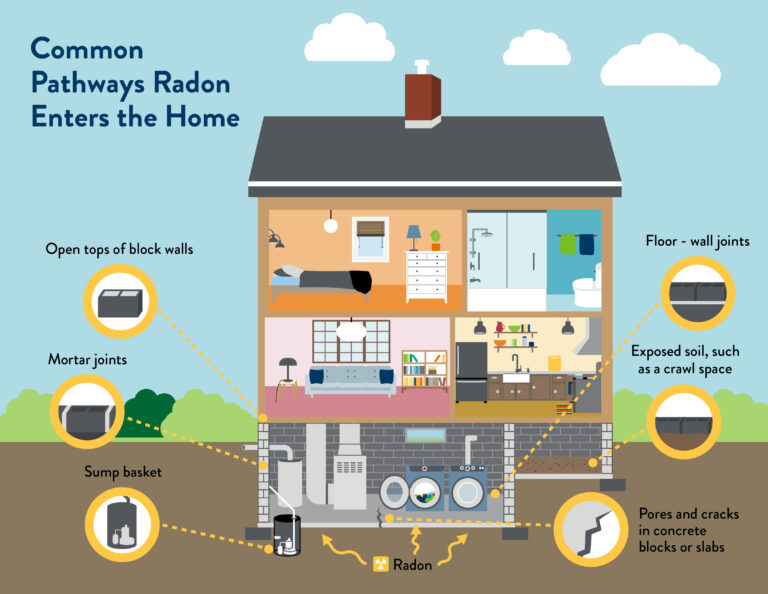Radon is a naturally occurring radioactive gas that can seep into homes from the ground, potentially posing significant health risks if left unchecked. Understanding the importance of radon analysis and its variations can help ensure that your home remains a safe and healthy environment.
Radon Analysis: Why It Matters
Radon analysis is a crucial process that determines the level of radon gas present in a building. The gas is odorless, tasteless, and invisible, making it impossible to detect without proper testing. Prolonged exposure to high levels of radon has been linked to lung cancer, making it the second leading cause of this disease after smoking. The importance of conducting a thorough radon analysis cannot be overstated, as it is the first line of defense against the harmful effects of this gas.
The Process of Radon Analysis in Residential Areas
Radon analysis in residential areas typically involves placing a radon detection device in the lowest level of a home, such as the basement or ground floor. The device is left in place for a specified period, usually between 48 hours and 90 days, depending on the type of test being used. Implementing advanced Radon Analysis techniques can provide more precise data and guide new strategies for effective radon mitigation.
After the testing period, the device is sent to a laboratory for analysis, where the radon levels are measured. If the results indicate high levels of radon, further action, such as mitigation, is recommended to reduce the radon concentration and make the home safer.
The Benefits of Regular Radon Testing
While radon analysis provides a snapshot of the current radon levels, regular radon testing is essential to ensure that these levels remain within a safe range over time. Changes in a home’s structure, ventilation, or even the ground beneath it can cause fluctuations in radon levels. Regular testing allows homeowners to monitor these changes and take action if necessary, ensuring long-term safety.
Radon Monitoring: An Ongoing Safety Measure
Beyond initial radon analysis, continuous radon monitoring is a proactive step in maintaining a safe home environment. Radon monitors can be installed in homes to provide real-time data on radon levels, alerting homeowners to any significant changes. This ongoing surveillance is particularly important in areas known to have high radon concentrations, as it provides peace of mind and an added layer of protection.

Advanced Radon Detection Techniques
As technology advances, so do the methods for detecting radon. Advanced radon detection techniques include more sensitive equipment and longer-term monitoring solutions. These techniques can provide more accurate readings and help identify potential radon entry points in a home. Understanding these advanced methods can enhance the effectiveness of radon mitigation strategies and contribute to a safer living environment.
Protecting Your Home and Health with Radon Safety Measures
In conclusion, conducting a thorough radon analysis and implementing regular testing and monitoring are essential steps in safeguarding your home and health. By staying informed about the latest radon detection techniques and taking proactive measures, homeowners can reduce the risks associated with radon exposure and ensure a healthier living environment for themselves and their families.
